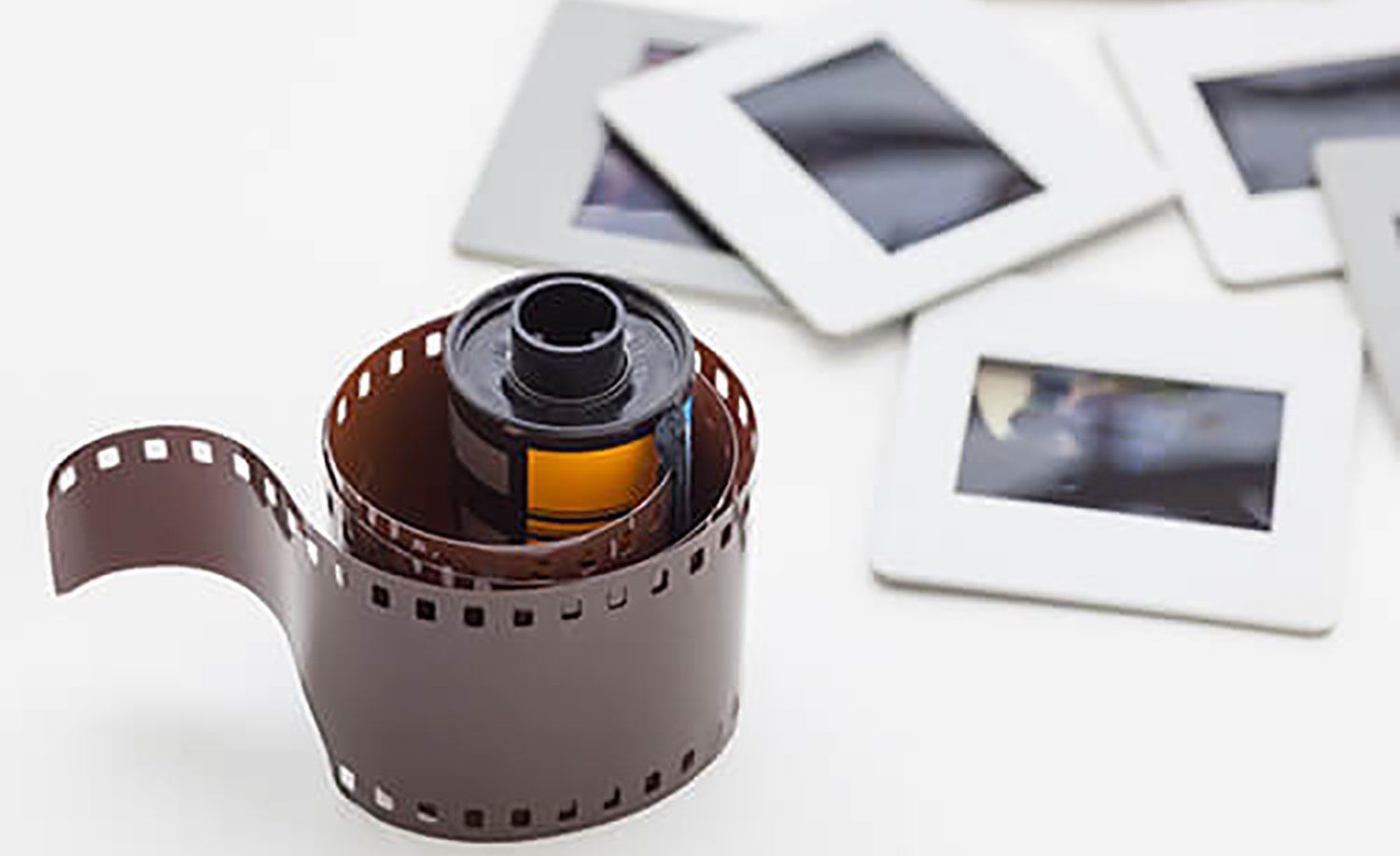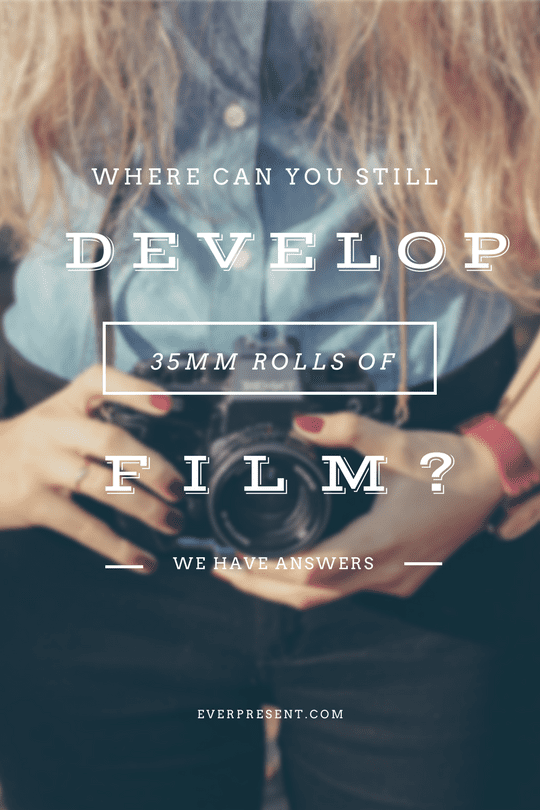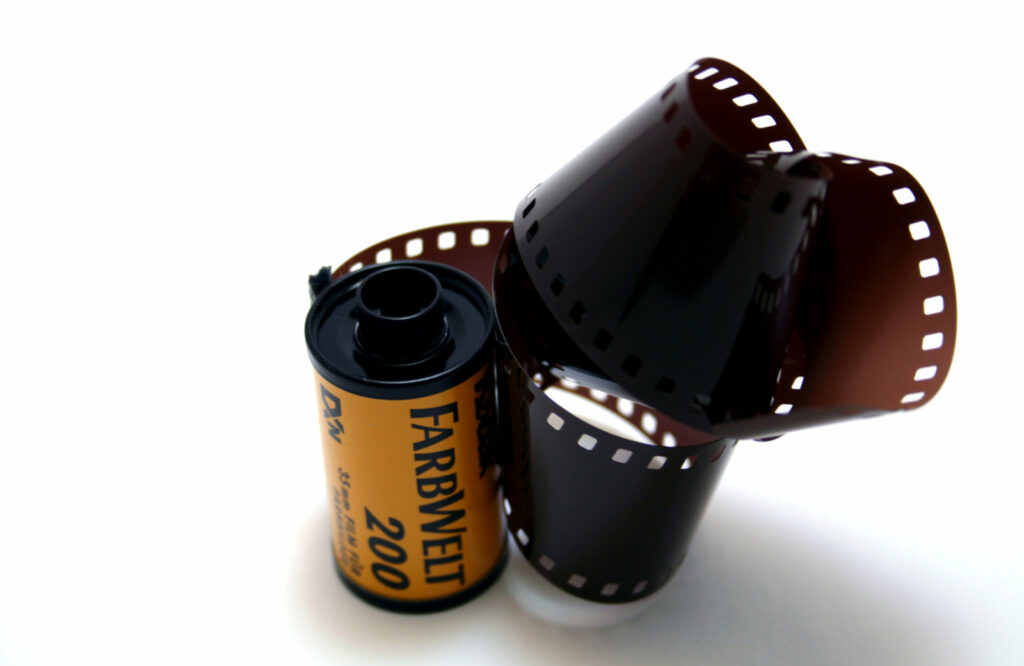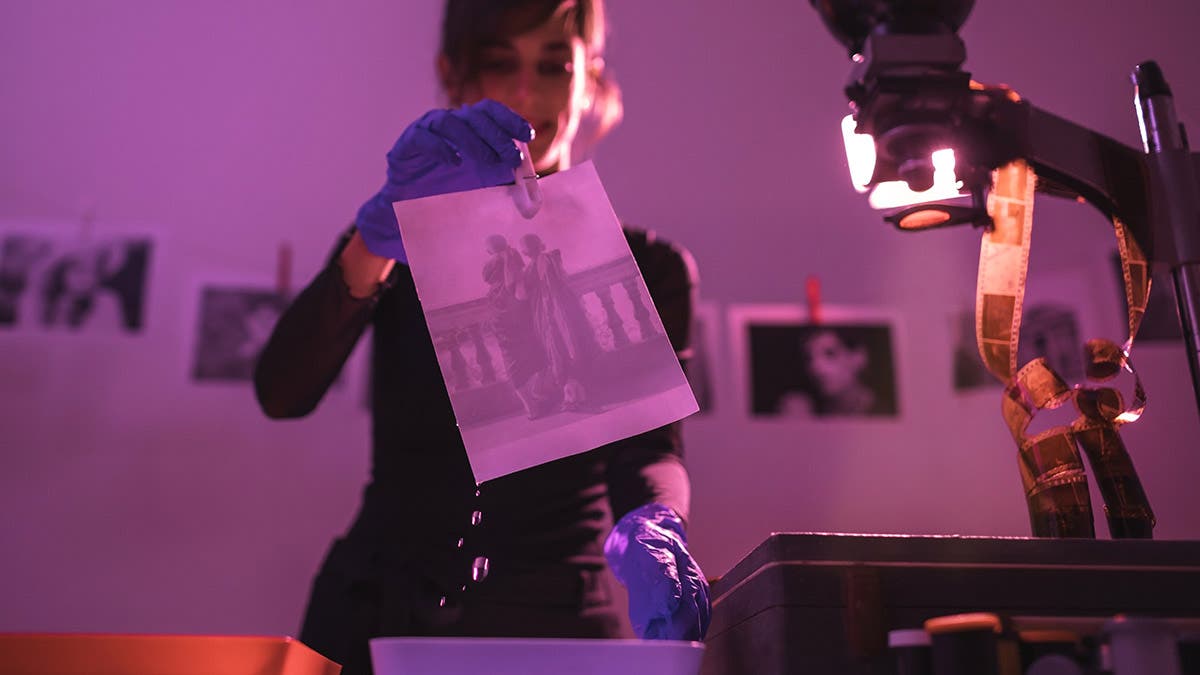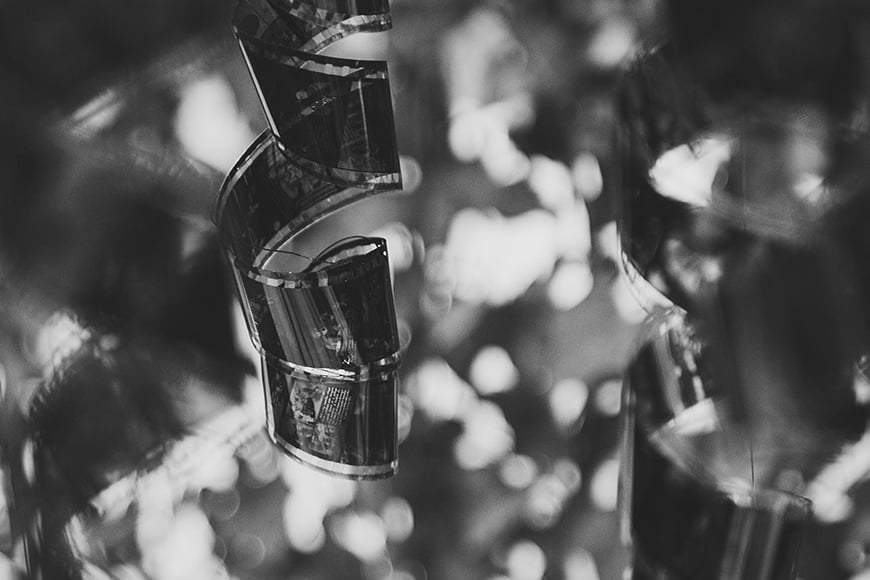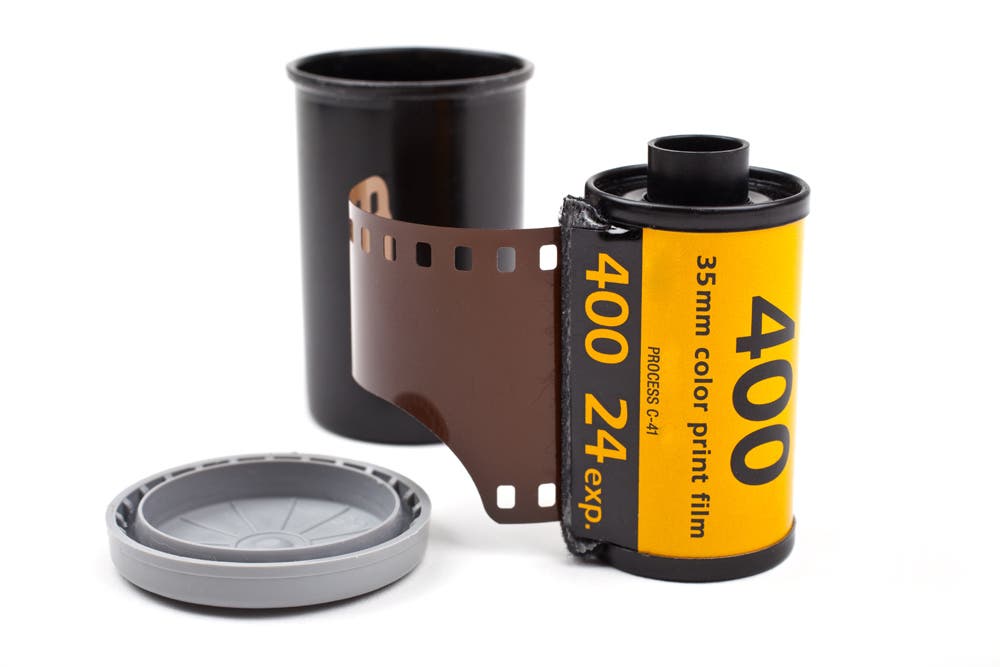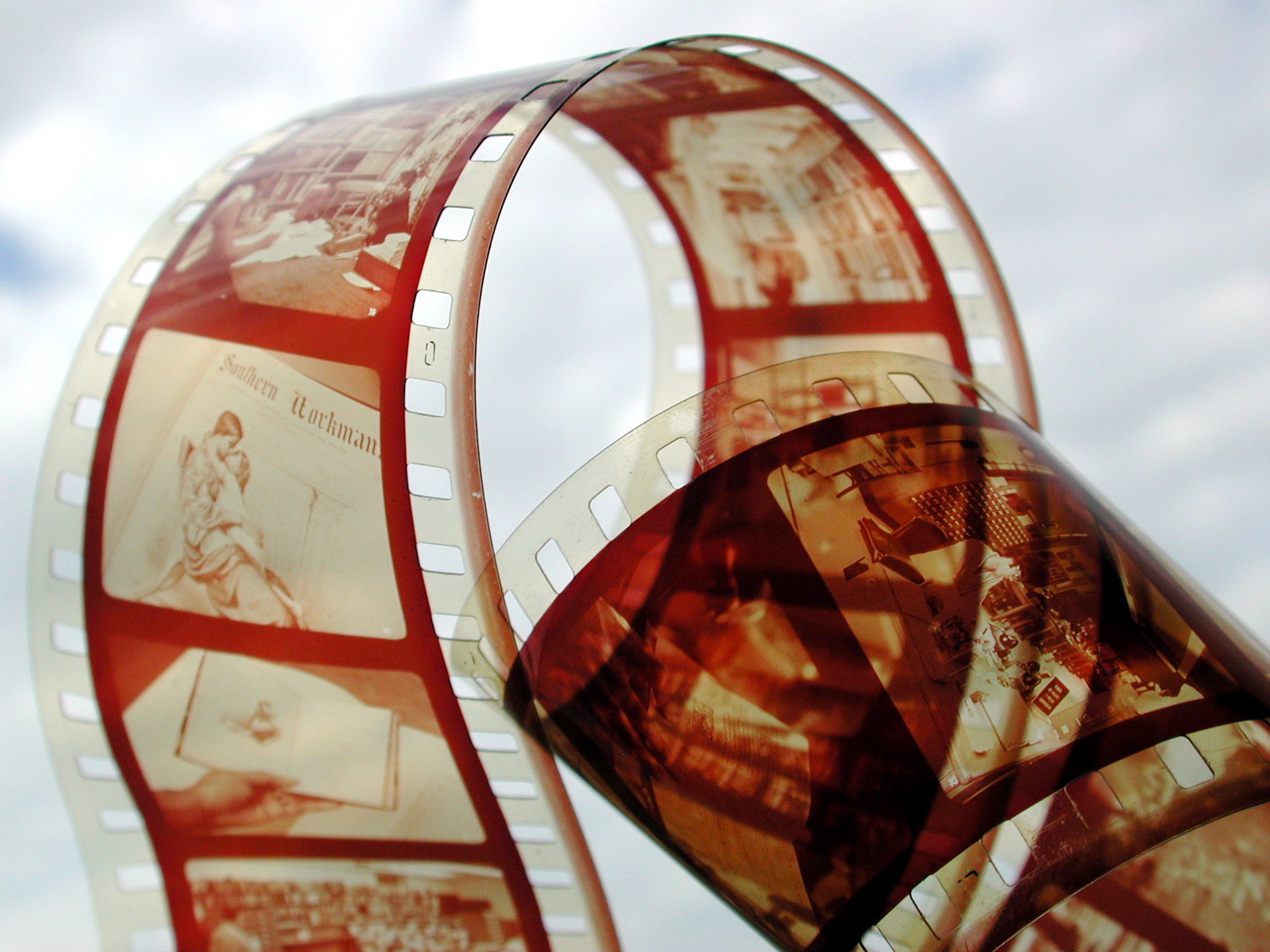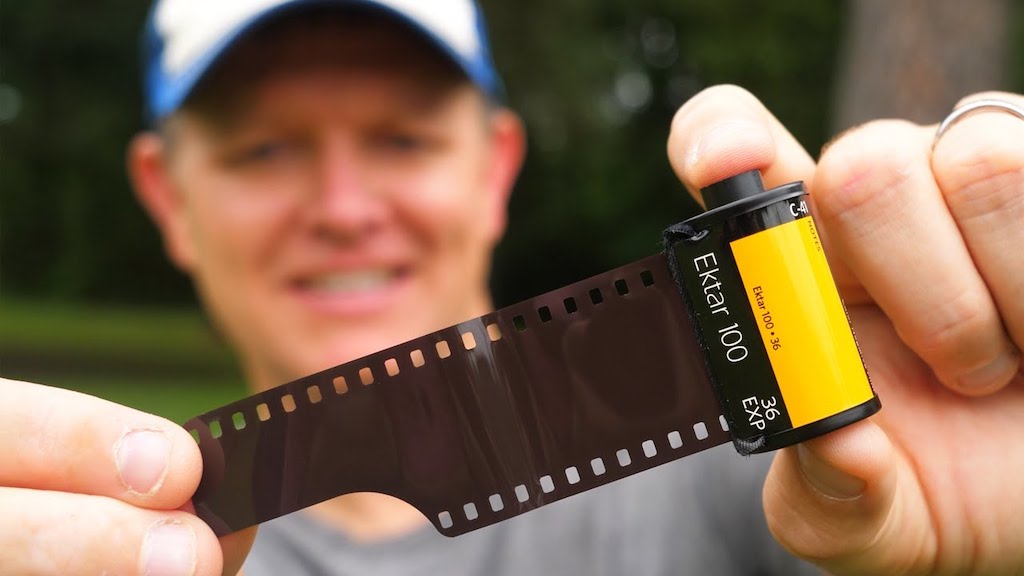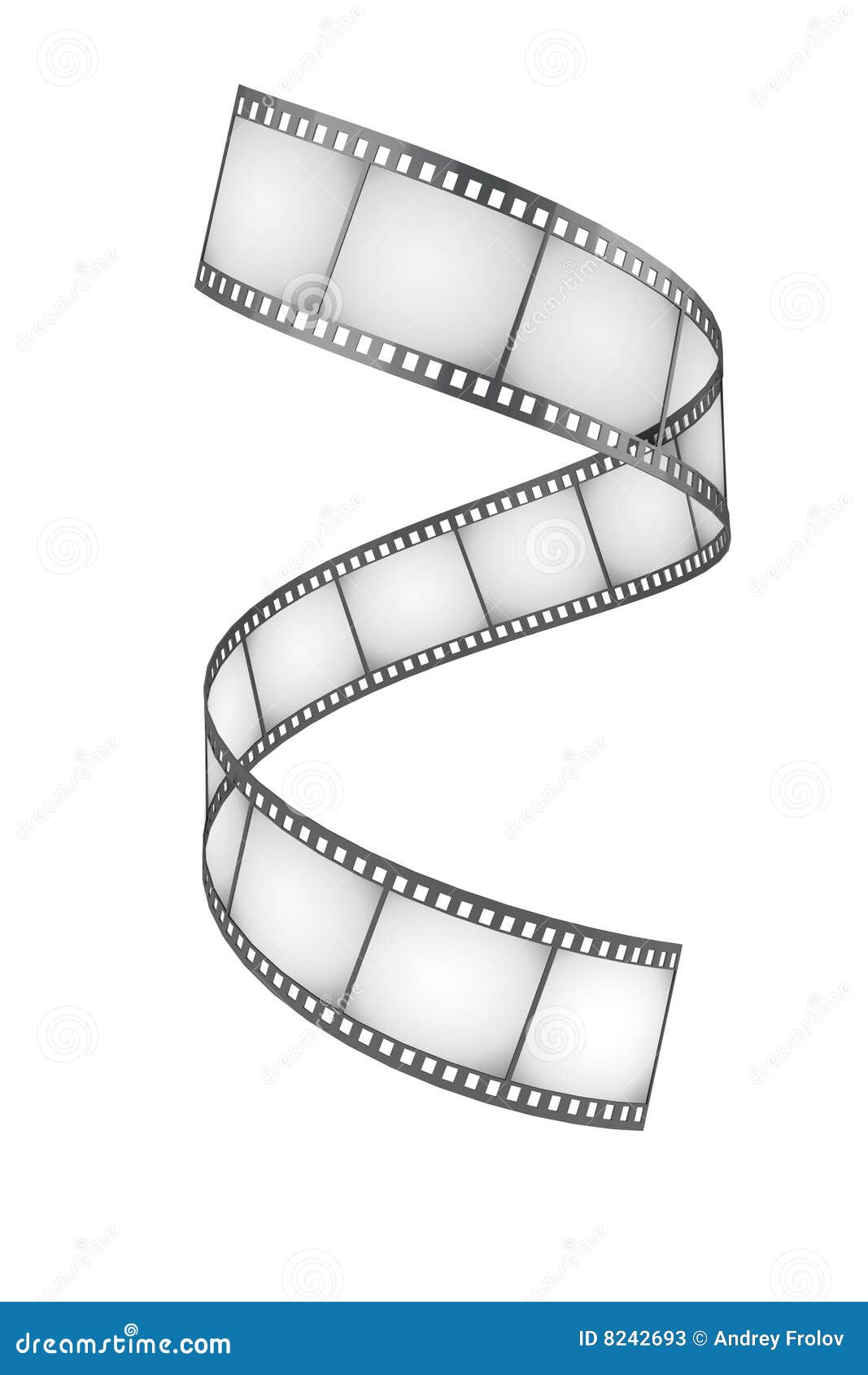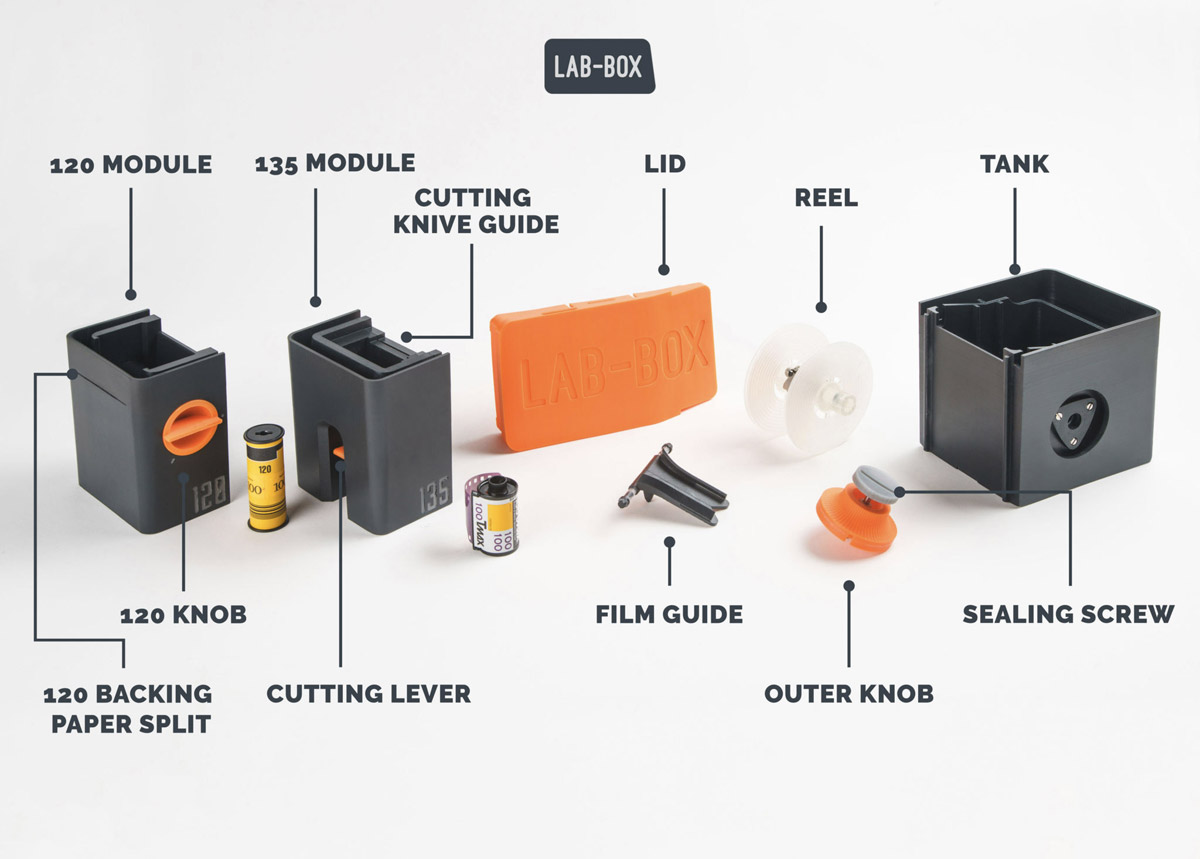Who Else Wants Tips About How To Develop Film Pictures

These days, almost everyone has access to a digital camera in the form of a smartphone.
How to develop film pictures. How about learning how to develop your own film? Photographers hoping to try out film developing don’t need a lot of equipment to get started. After all, the smell of fixer singeing the nostrils can be quite an intoxicating/nostalgic aroma (please do.
If you want to learn the intricacies of film development, you can learn how to get film developed at home by watching video tutorials online. Unless you prefer to scan the film yourself, many creatives opt to dispatch them to a lab with more experience and better (read: You can either develop your film in a darkroom or with the use of a developing tank.
To develop the film, you’ll need to load the film into the developing tube, mix your chemicals, pour in the developer, wash it, and then dry the negatives. The bt tower is to be converted into an upmarket hotel, after the british telecoms company agreed to sell the london landmark to the owner of some of. Understanding how film is processed and developed will help inform you as to the varying qualities of film stock and make you a better film photographer.
Or you can also develop the film yourself at home. The easiest way to develop film is to send it to a photo lab, where a professional can develop the film for you. To develop your own film at home, you’ll need to work in a room without any visible light, like a bathroom or large closet, since any bit of light can end up ruining your negatives.
Paterson film processing starter kit. Develop film in a darkroom How to develop film and film vs.
In order to develop film at home, you’ll need a few items, including exposed film, a developing tank with reels, bottles for storing chemicals, a dark bag for loading the film into the reels, scissors, and a. How to develop film? But, what you can do is develop film with a higher degree of safety.
Gather your supplies film developer, stop bath, and fixer developing tank with reels graduated cylinders or measuring cups bottle opener, can opener, or film leader retriever thermometer timer scissors film squeegee or clean cloth film clips or clothespins wetting agent (optional, but recommended) darkroom changing. Hang your film up to dry 9. You can either go to a developing center/lab and have them develop it for you.
The first step in turning the captured exposures on your film camera into physical prints is developing the film. Check out our film lab directory (us, uk, australia, and canada). How to develop your own film:
Or maybe developing film is an activity you tried long ago and one you'd like to jump back into. There are two main ways to develop film these days. Load the film for development 4.
They include supply lists, walkthroughs of the process, and the answers to common questions you might have when you start developing. How to develop black and white film at home; When the negatives are dry, you can print the photos.
